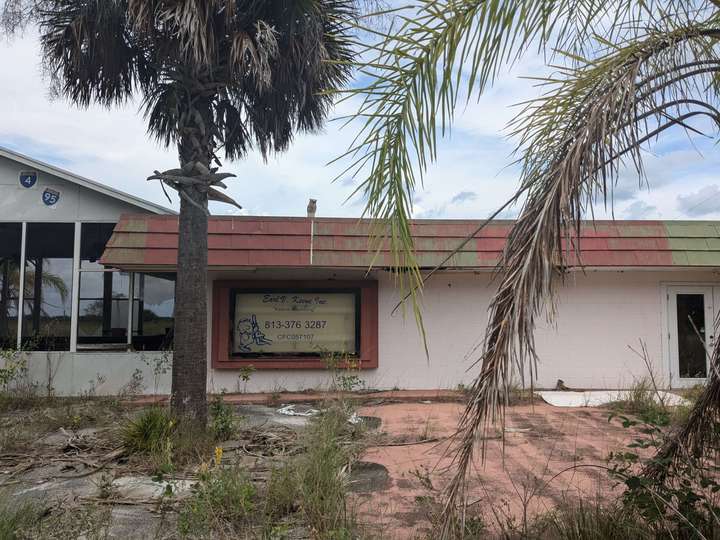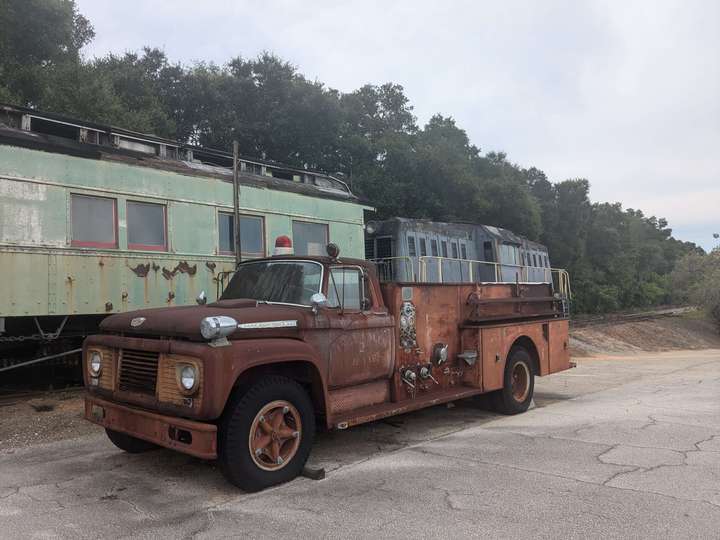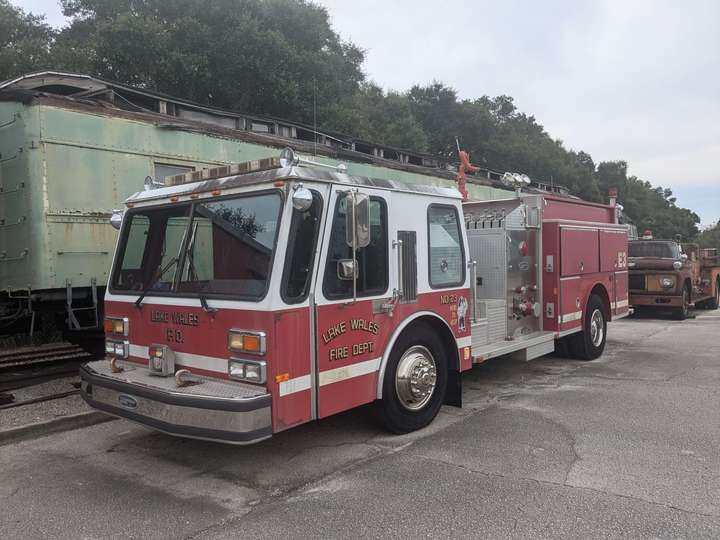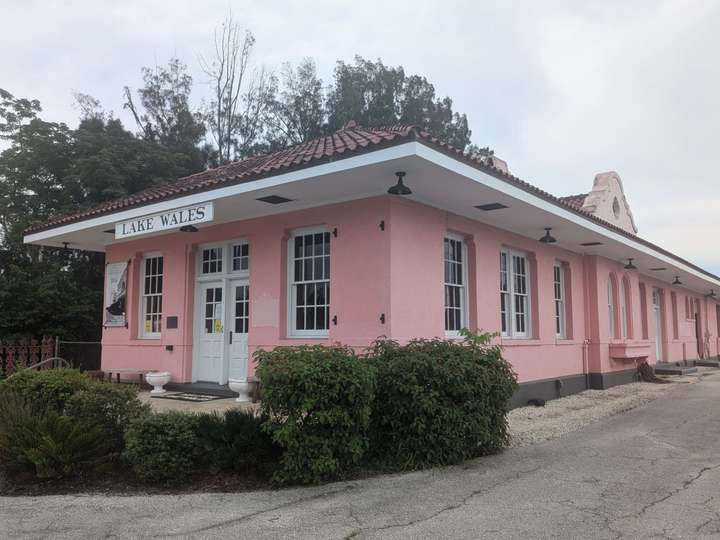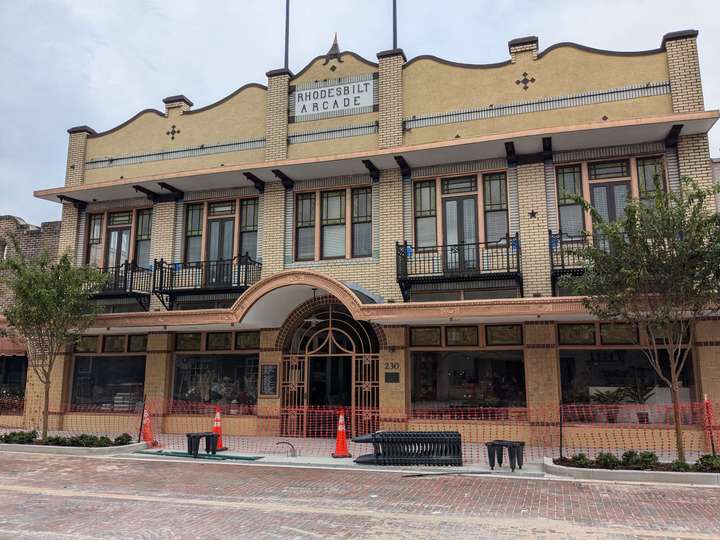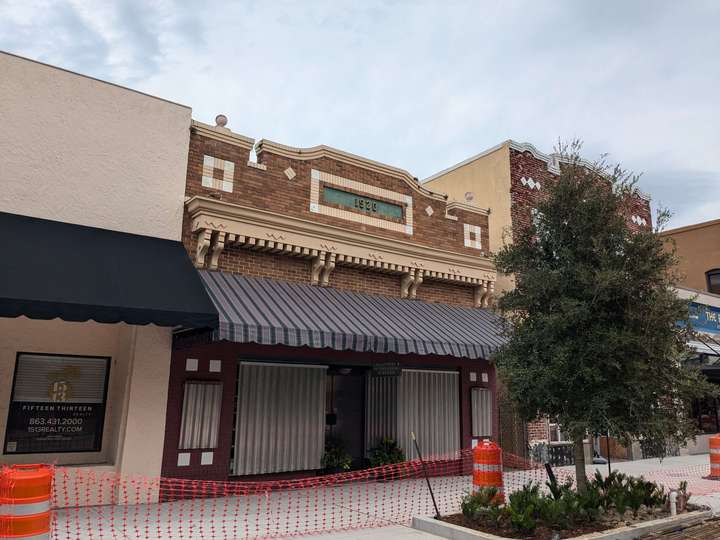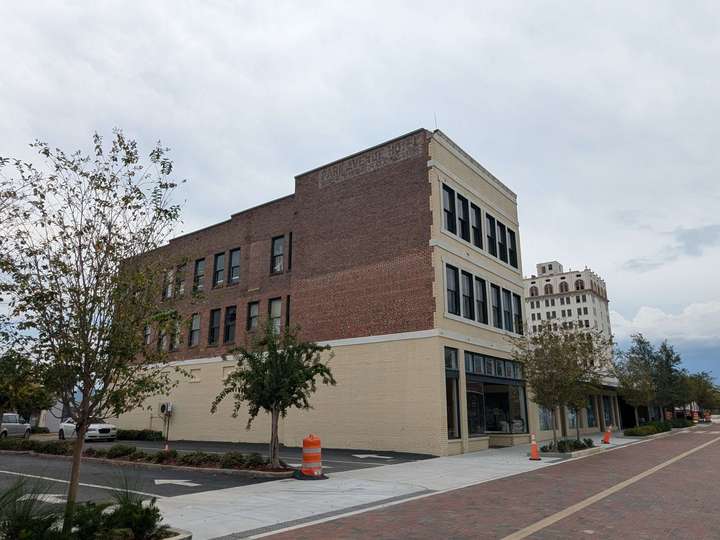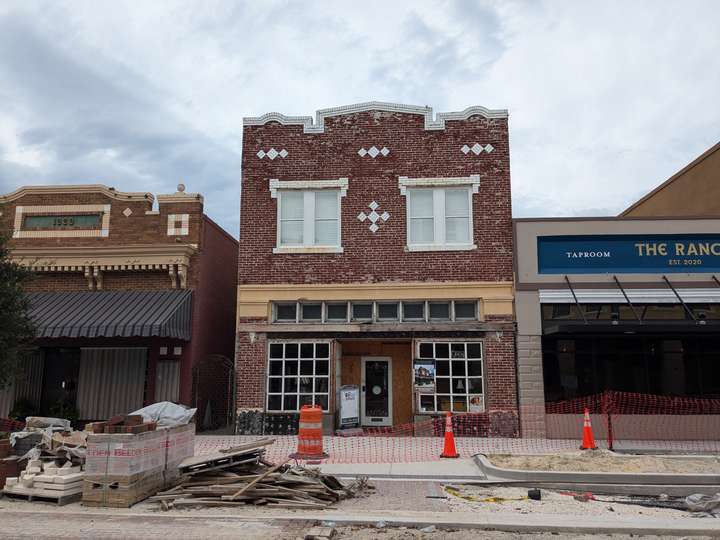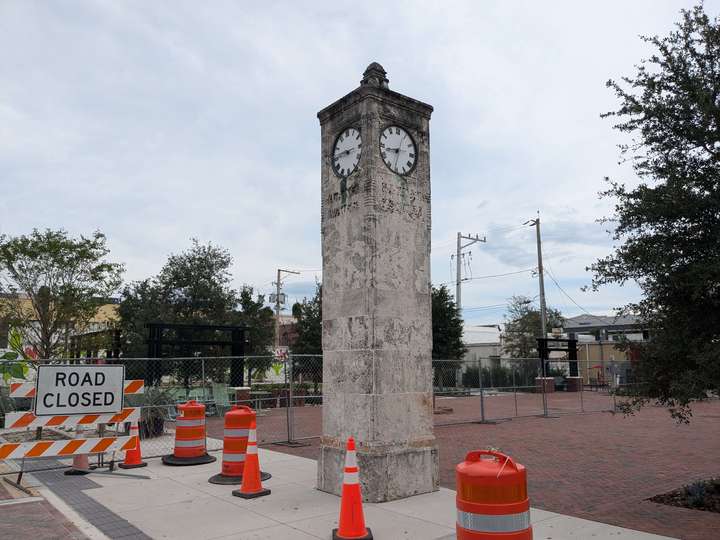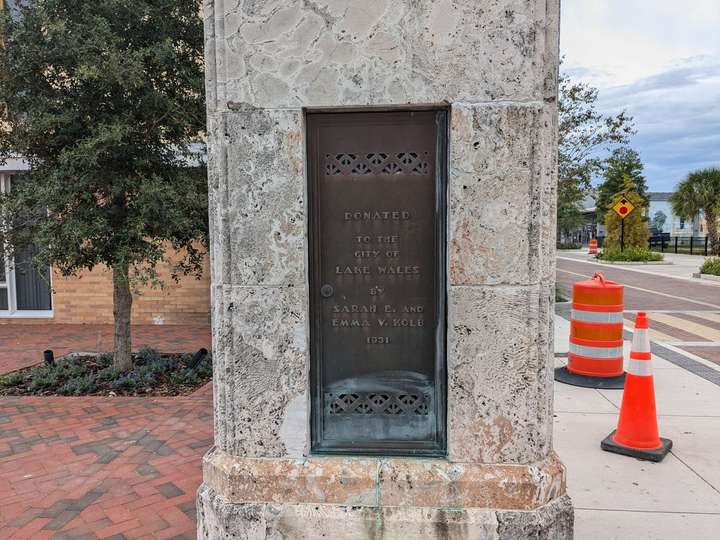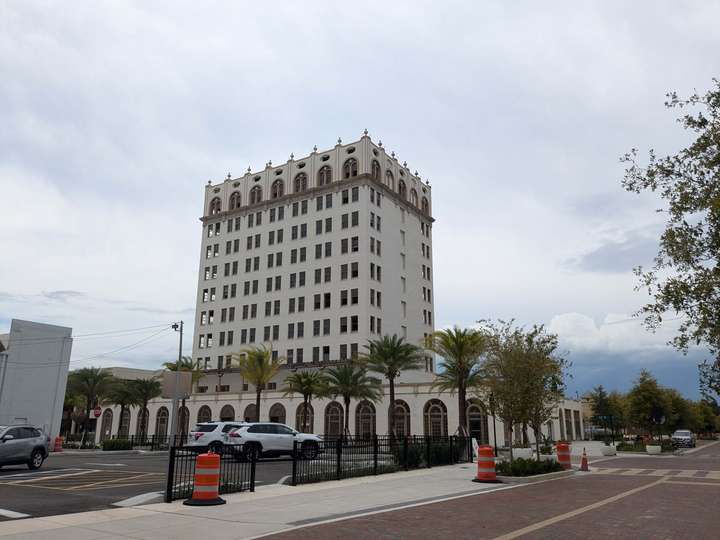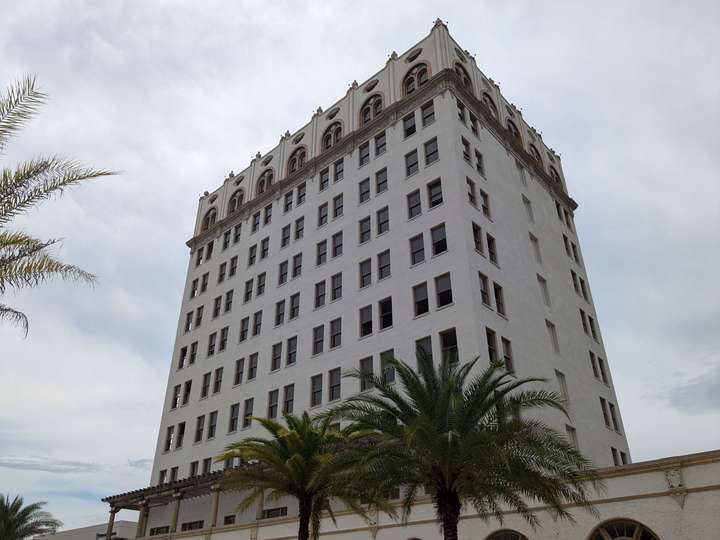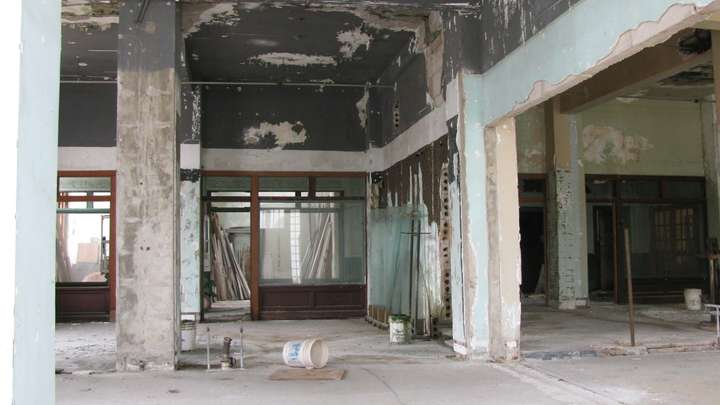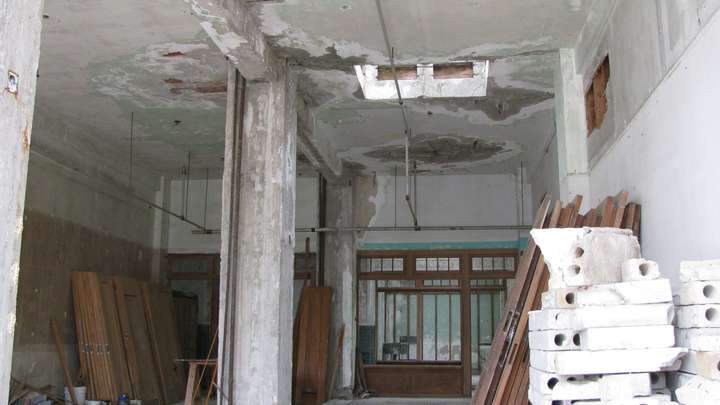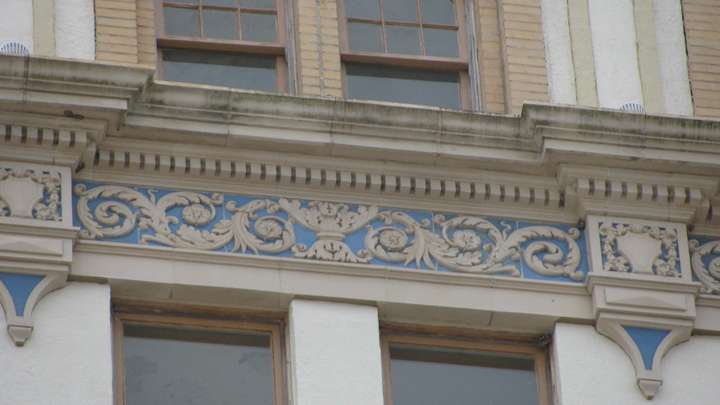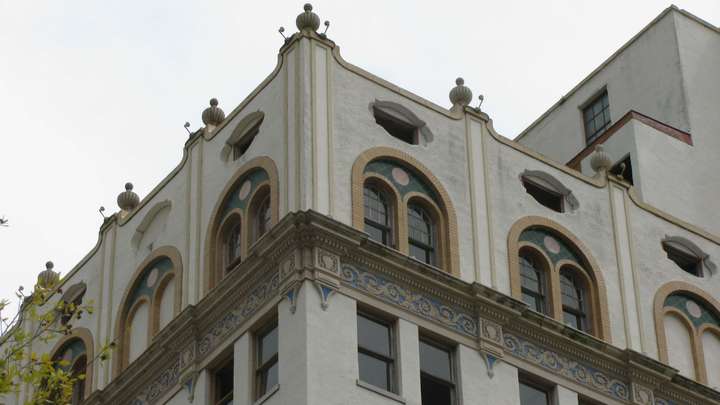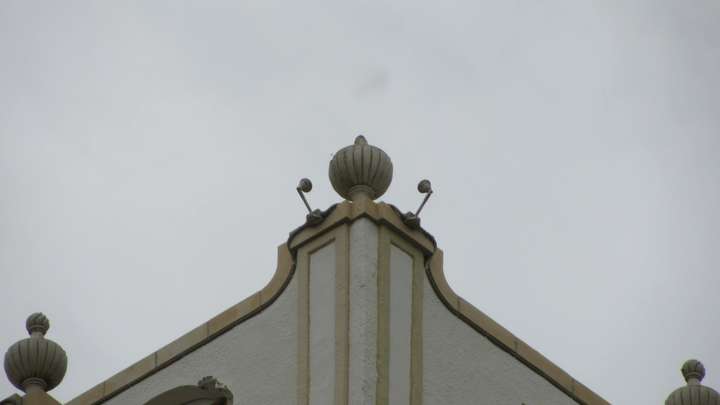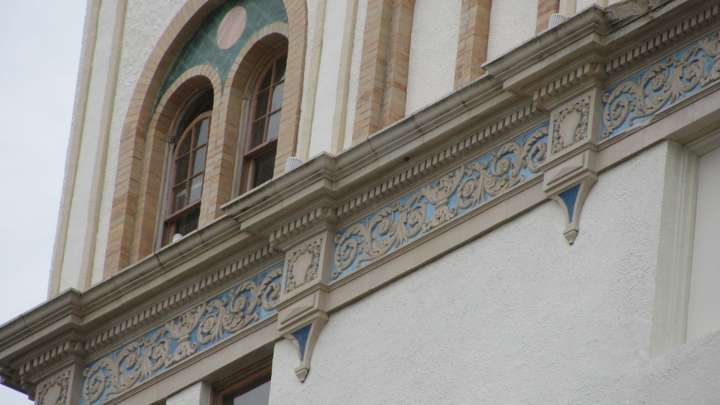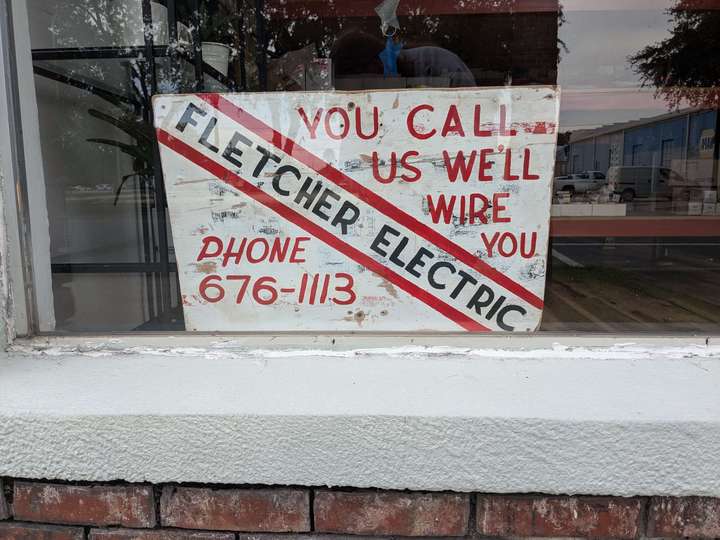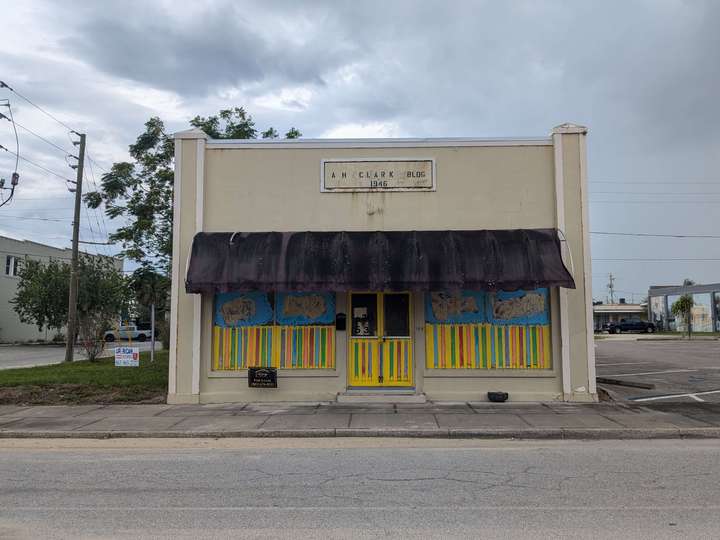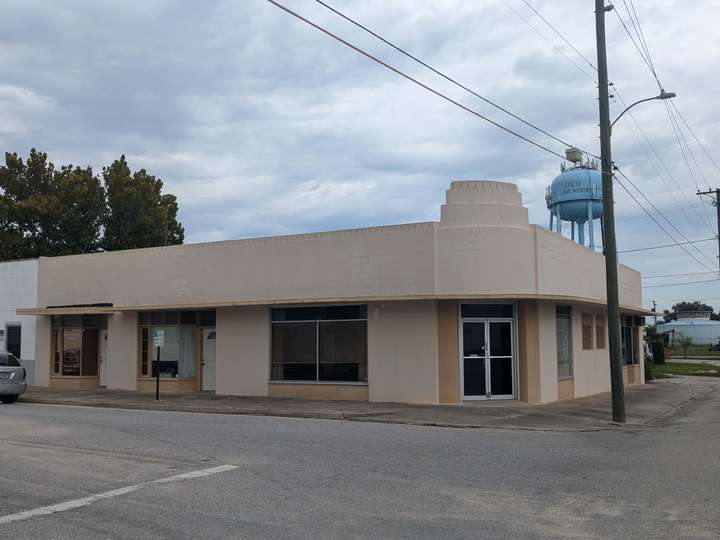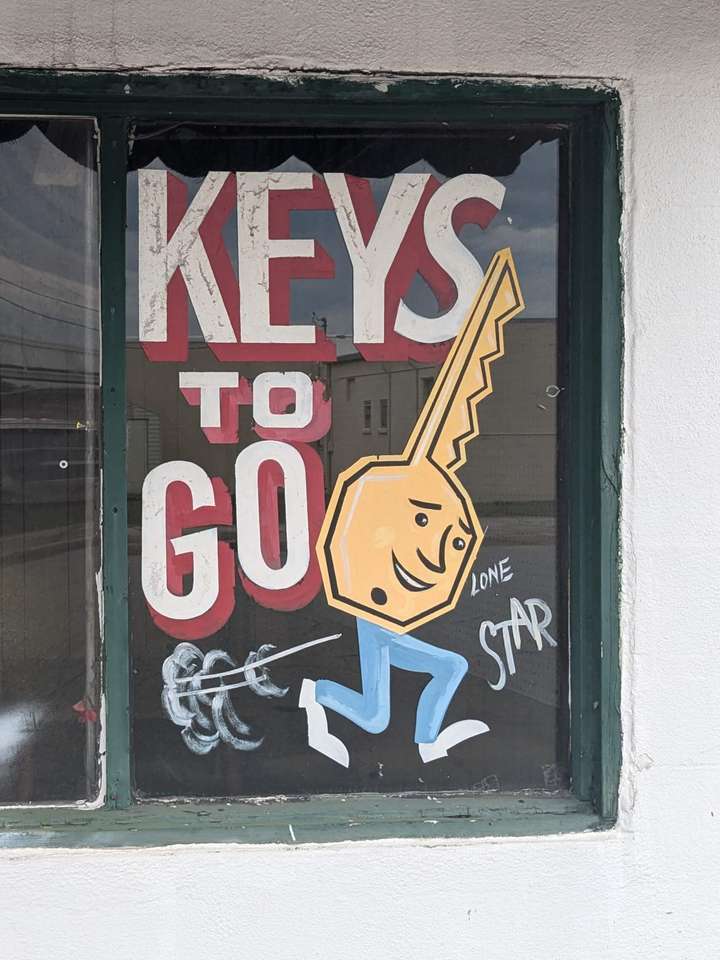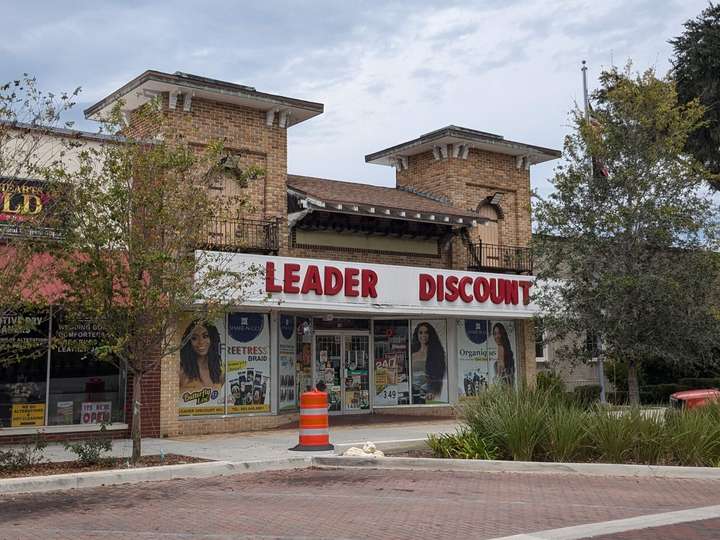Photo Trip - Lake Wales
Lake Wales is a pocket of suburbia in southeast Polk County, still relatively isolated from the mega sprawl consuming the rest of the county around Lakeland and Winter Haven. For me, getting here involves a 60-mile rural drive along Florida's Route 60, with the biggest highlight being Yeehaw Junction, which despite it's funny name is basically just 3 gas stations and an interchange, especially since the historic Desert Inn & Restaurant was body slammed by tractor trailer (and fully demolished earlier this month).
One mile marker I always like to see is this little building, which has been collecting weeds for as long as I can remember. I always liked to imagine a fantastical backstory of it being a forgotten roadside attraction, maybe with live gators and fresh orange juice for pre-interstate travelers. But what history I can find shows this is just a non-descript commercial building, built in 1976, with the peaked roof patio extension not added until the 2010s when it briefly reopened as a bar, grill, & grocery store.
On my way into downtown I was surprised by something I'd somehow missed: A locomotive! This turned out to be the home of the Lake Wales Historical Society, in the town's former railroad station. They're currently closed for renovations, but you can still gawk at the outdoor equipment, which I did. The collection's pretty boilerplate for a small town museum- locomotive, passenger car, caboose. The locomotive is a Whitcomb 65-DE-19A (a '65 tonner', colloquially), one of hundreds pumped out in wartime for the US Army Transportation Corps and later surplused to industrial concerns across the world. The passenger car, identified as simply a '1916 Pullman', is one of thousands built for every railroad across the country by the eponymous Pullman Company, and it's generic paint scheme doesn't give any more hints, so we'll leave it there. The caboose is a 1926 build from the Seaboard Air Line, long ago predecessor to today's CSX, and in comparison to the rest of the equipment is in surprisingly good shape, especially for a wood-sided car exposed to the elements.
I don't know anything about vintage fire trucks, other than to say the two pictured here are charmingly sized compared to today's behemoths. The Mater cosplayer is built on a Ford F850 from 1961-66, and the (relatively) more modern truck hails from a company called Emergency One. The building itself is a former Atlantic Coast Line station & depot from 1928, which reopened as the museum in 1976, two years after the then Seaboard Coast Line vacated it for a new freight station on the west side of town.
Onto downtown!
Downtown Lake Wales is like many downtowns across America, with about 2 streets of fully intact, dense core that get more hockey-toothed with parking lots as you go out. We're starting with one of it's best buildings- the wonderfully ornate Rhodesbilt Arcade (1924-1926). Shopping arcades are the grandfather of the modern shopping mall, and are actually pretty common in downtowns, though not all of them are still publicly accessible and many of them not nearly as pretty to look at.
A lot of the buildings in downtown Lake Wales are, to be a bit harsh, non-distinct. Perfectly serviceable downtown-style buildings of the type we should build a lot more of, but stucco-ed and plated over with smooth facades that don't have much to photograph or write about. These three stuck out however, with the "1920" building, across from the Rhodesbilt, being a personal favorite. The rather plain 3-story in the second photo also bears a small ghost sign advertising the Park Avenue Hotel, which was presumably a previous tenant.
I'd also be remiss to mention a few more buildings in downtown I missed, either due to exhaustion or road construction blocking good photography; the Emil R. Jahna, Jr. Building, the Lake Wales News Building, and the Lake Wales State Bank
Also in Downtown is the "Marketplace", a small urban plaza currently in the midst of a rebuild. Located here is the Town Clock, a smart little stone clocktower from 1931, moved here in 1972.
Before we venture out to the fringes of downtown, let's tackle the elephant (or perhaps giraffe) in the room:
The Dixie Walesbilt Hotel
Built in 1926, the Dixie Walesbilt is a monument to the wealth of the Florida Land Boom (1924-1926) towering over the edge of downtown's 1-3 story shops. Like most lone, large buildings in underinvested downtowns, the once-ornate Walesbilt is currently abandoned, last operating as the Grand Hotel, before closing in 1994. The City of Lake Wales handed it off to a developer in 2010, who promised to refurbish it into a boutique hotel, but progress stalled and the city sued the developer in 2022 over a lack of work done to the structure. The most recent developments point to the city regaining control of the property, which if the surrounding street improvements are anything to go off of, is probably the best thing that could happen to it.
While the once-ornate interior is sadly locked tight, you can still get a decently clear view inside from some missing panes in the exterior windows. Sadly, it's largely a scene of neglect and decay, with large areas of missing paint and exposed concrete. In the second photo you can see stacks of doors leaning against the walls, likely a leftover from the partial deconstruction of the interior after it's sale in 1995. If you're curious, I found a great article from Modern Cities with more photos of the truly beautiful interior from 2017.
I was able to get some decent views of the penthouse-floor ornamentation, courtesy of my old Canon PowerShot. One recommendation I can make to any amateur architecture enthusiast like myself is to go thrifting until you can find an 8-12 MP camera with an 8x+ zoom lens, because even ancient, consumer-grade glass will run circles around a phone camera for far away details like this. The image is admittedly a little soft, but it's still miles above the mess of crunchy pixels you'd get trying to digitally zoom this far.
Finishing up our trip, we'll go out to the edges of Downtown Lake Wales
We'll start with Fletcher Electric Service, a bonafide independent electronics shop, a rarer and rarer sight these days. I particularly love the little hand painted sign that rests in the left window, it's age obvious from not only the wear and lettering style, but also the fact it drops the area code from the phone number.
On the north side, downtown fades from antique malls and boutiques into more practical and rent-shy businesses, a church taking some space in the first building, and a former school in the 2nd. The 1st building looks like a former grocery store to me, but I don't have anything more than that gut feeling- it bears a passing resemblance to a Winn & Lovett grocery store, but not nearly enough to call it. One of my favorite finds of the trip was these very fun painted signs in the windows of a tiny locksmiths shop, featuring a sprinting keyman; the 'Lone Star' signature of a cowboy is also a nice touch.
Finally, we'll cross 1st St to the western edge of downtown. I don't know the history of Leader Discount, but the style of block letters suggests it's been here since the 1960s or 70s. I really love the turrets and fake balconies, they make a nice contrast with the rather generic sign. Long's Dry Cleaners a few streets south is a pretty simple building, though the hollow front suggests a possible history as an early gas station. What I'm here for is the sign- fairly plain, but none the less an example of a Signtronix 'Big Sig'. Hopefully one of these days I can find an example with more striking embossed graphics. For an introduction to Signtronix's vintage small business signs, I can recommend this Atlas Obscura video on the Signtronix signs of Greater Boston.
And that's a wrap! Thanks for coming along with me- hopefully I showcased something interesting. Until next time!


